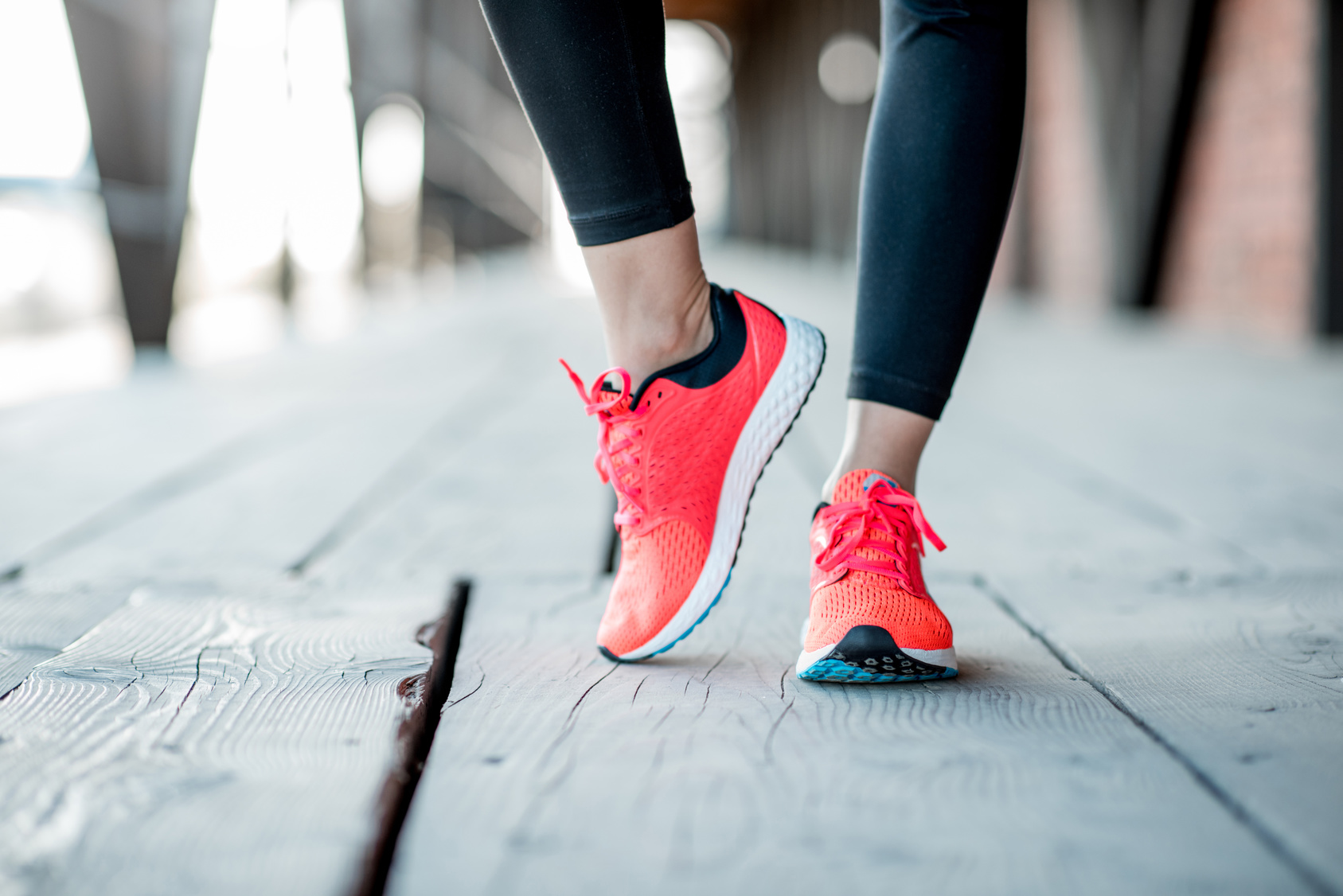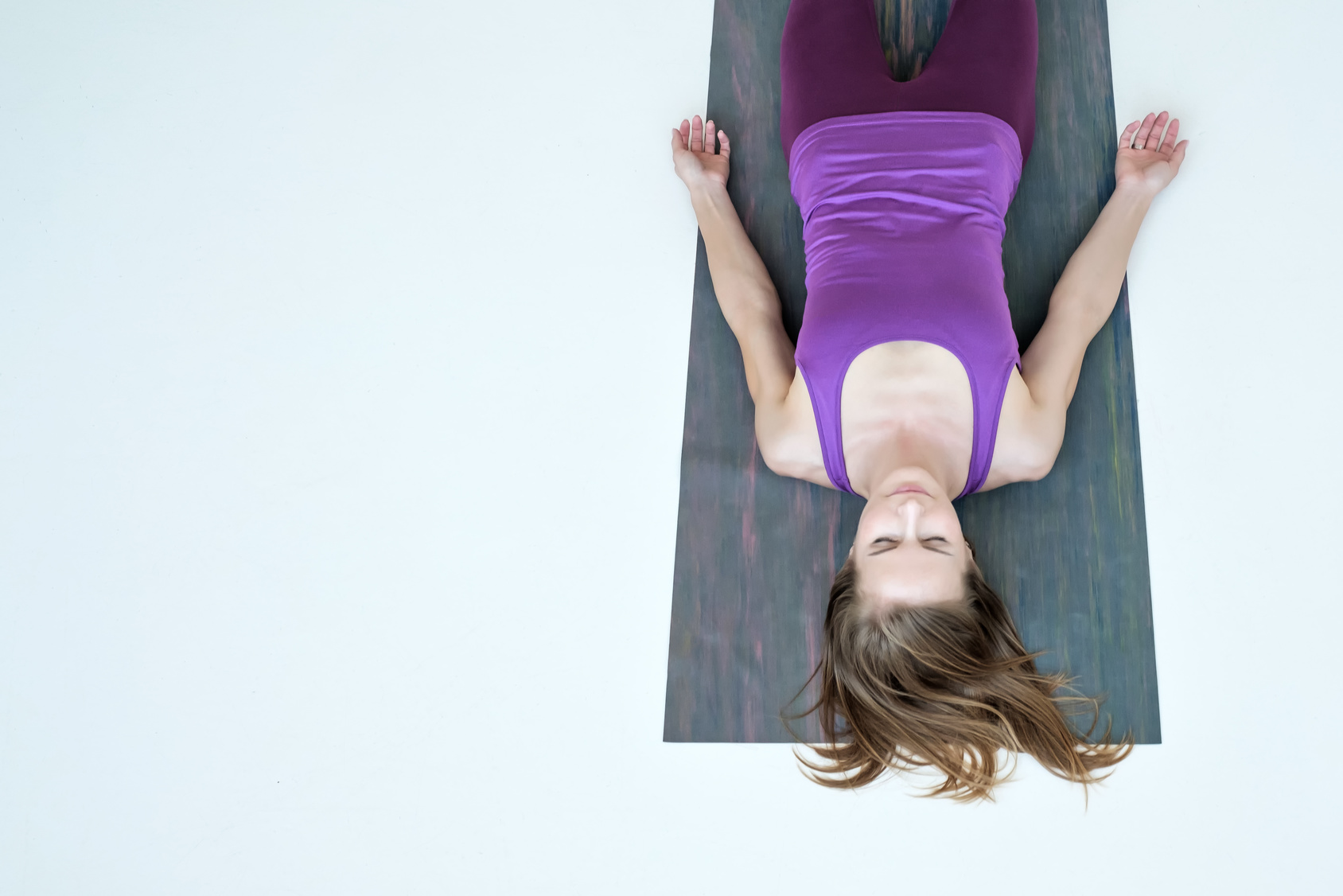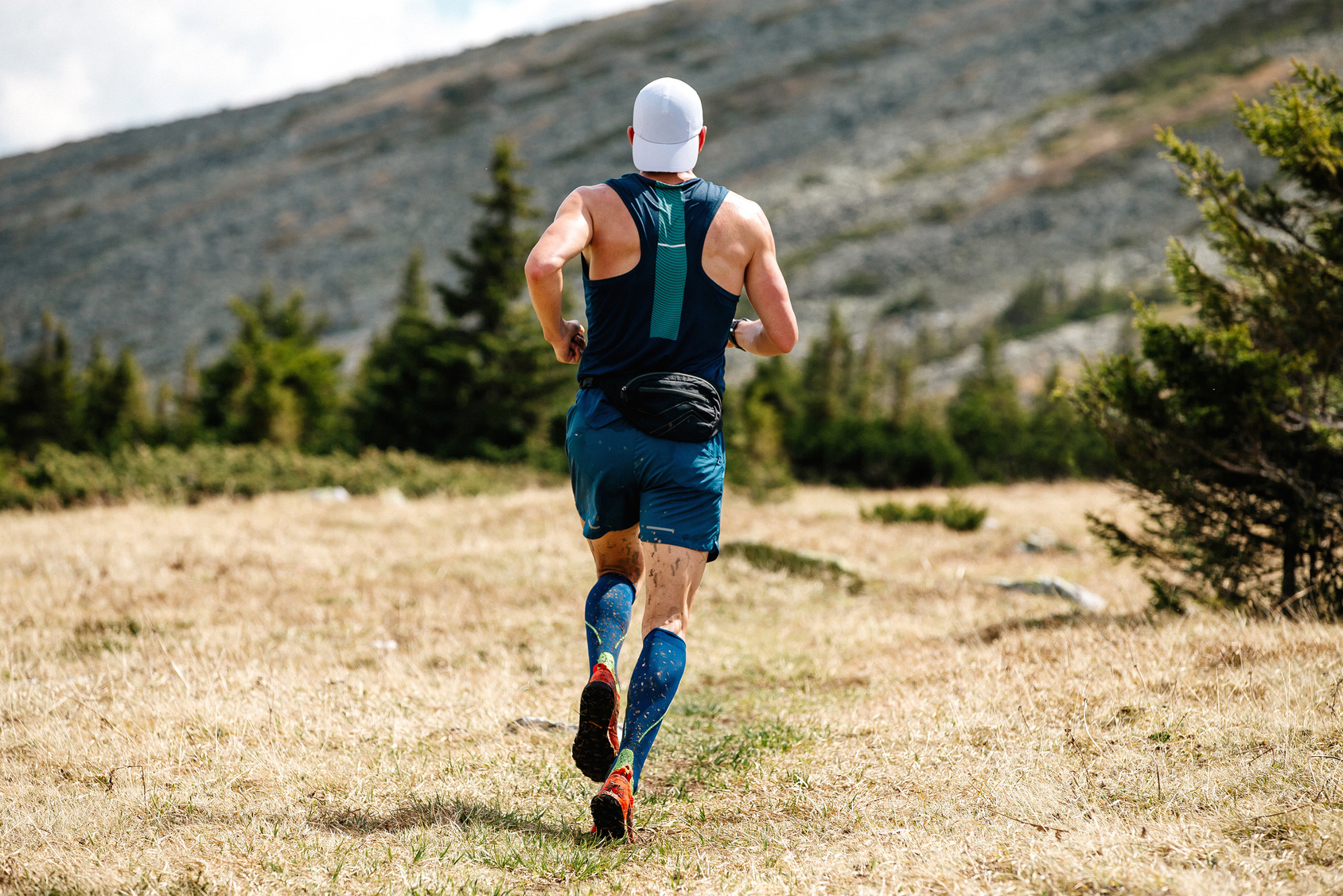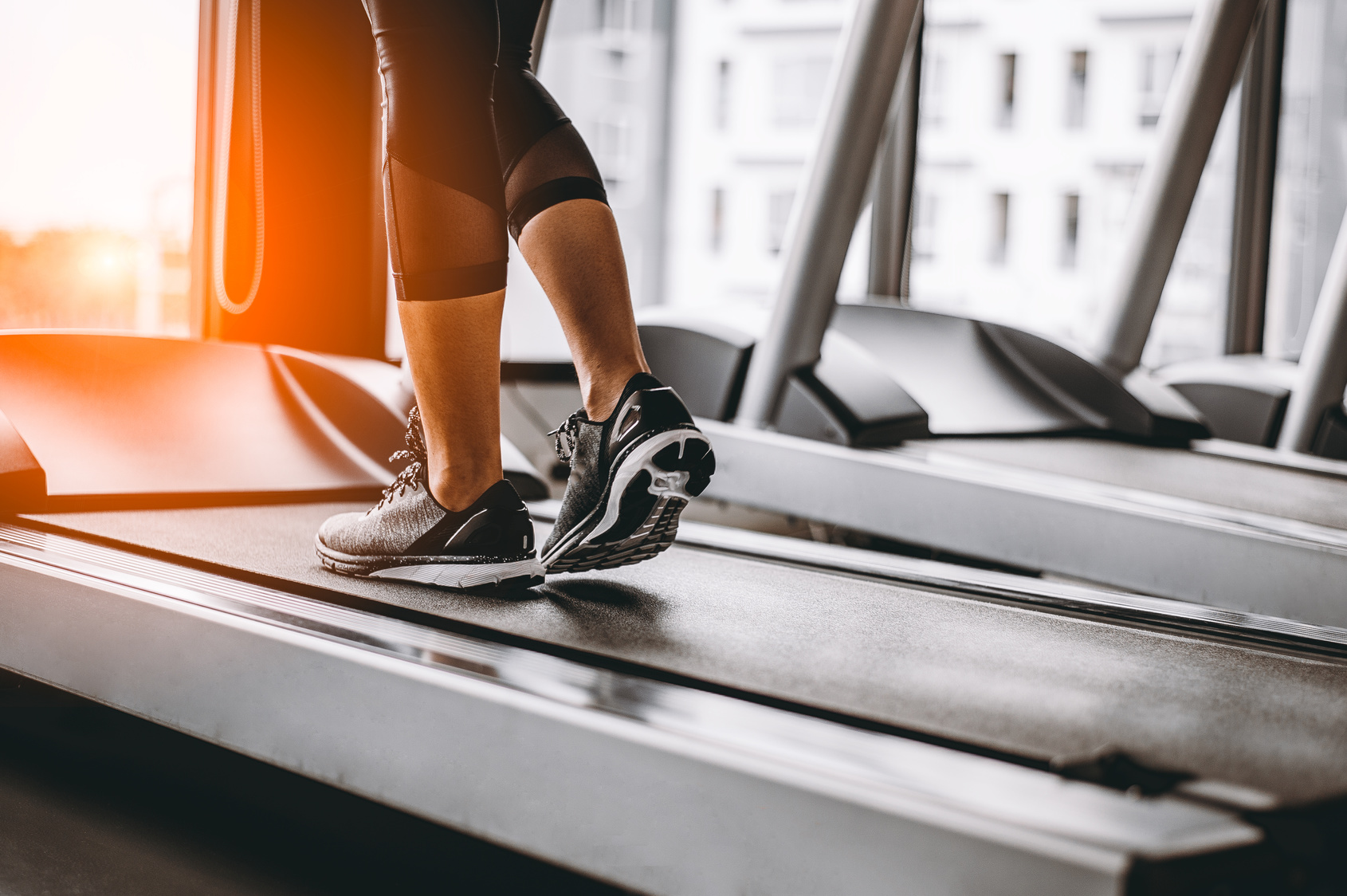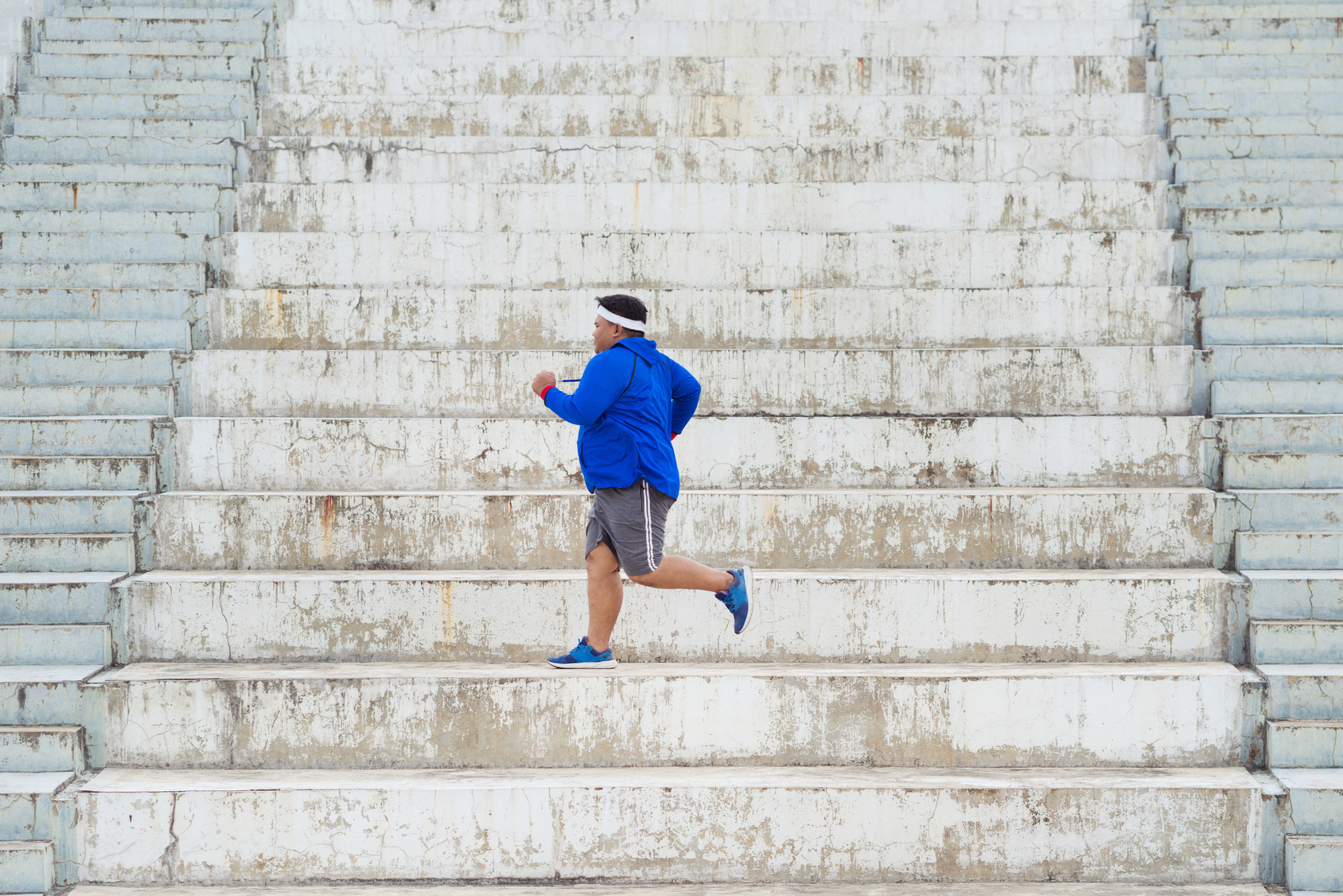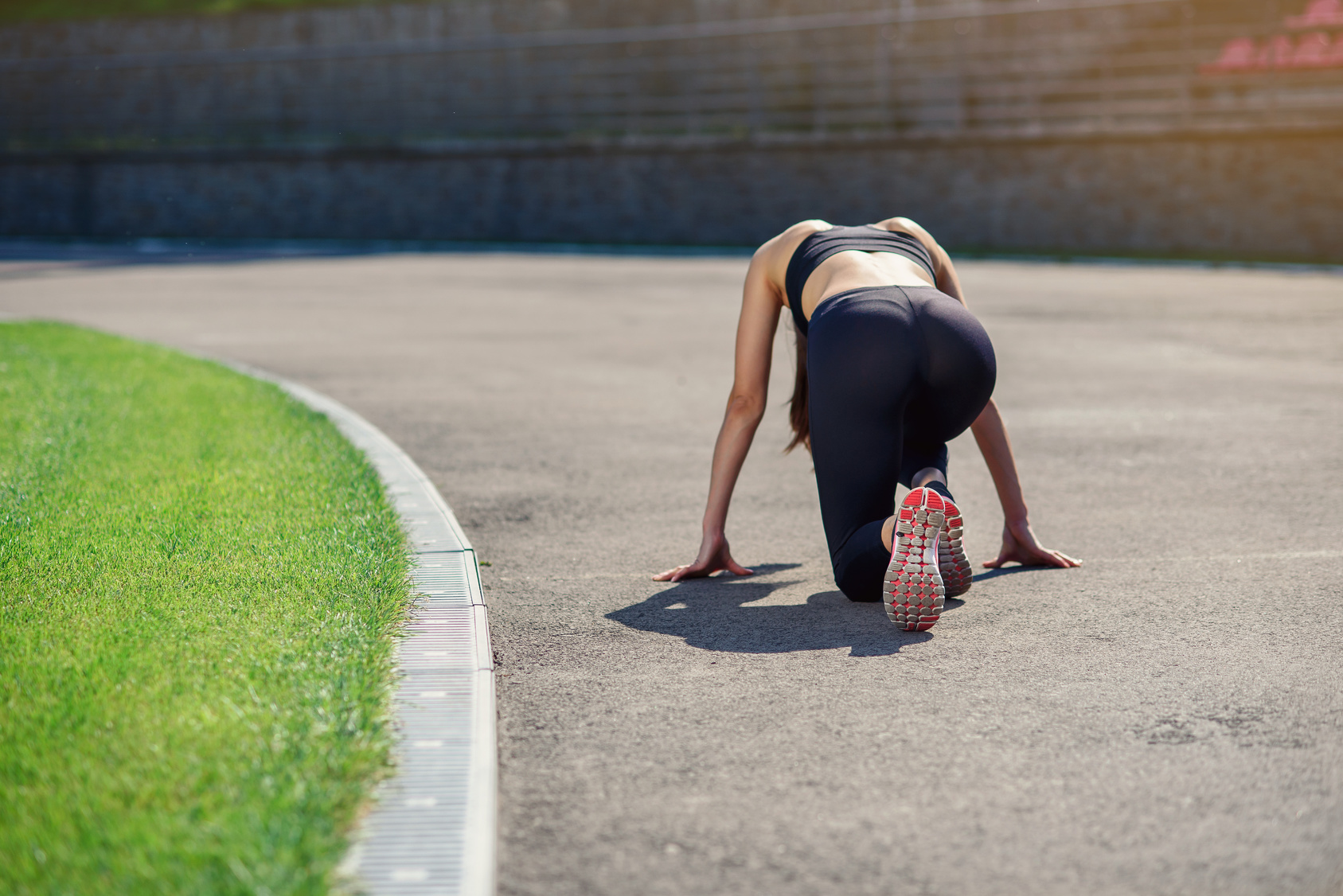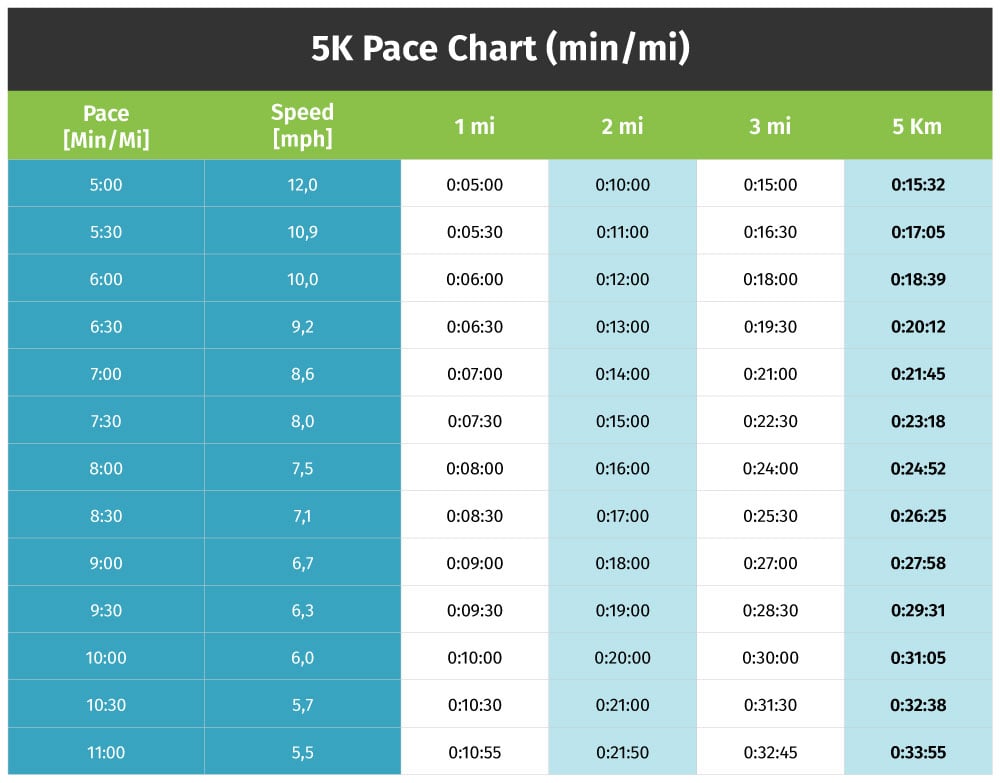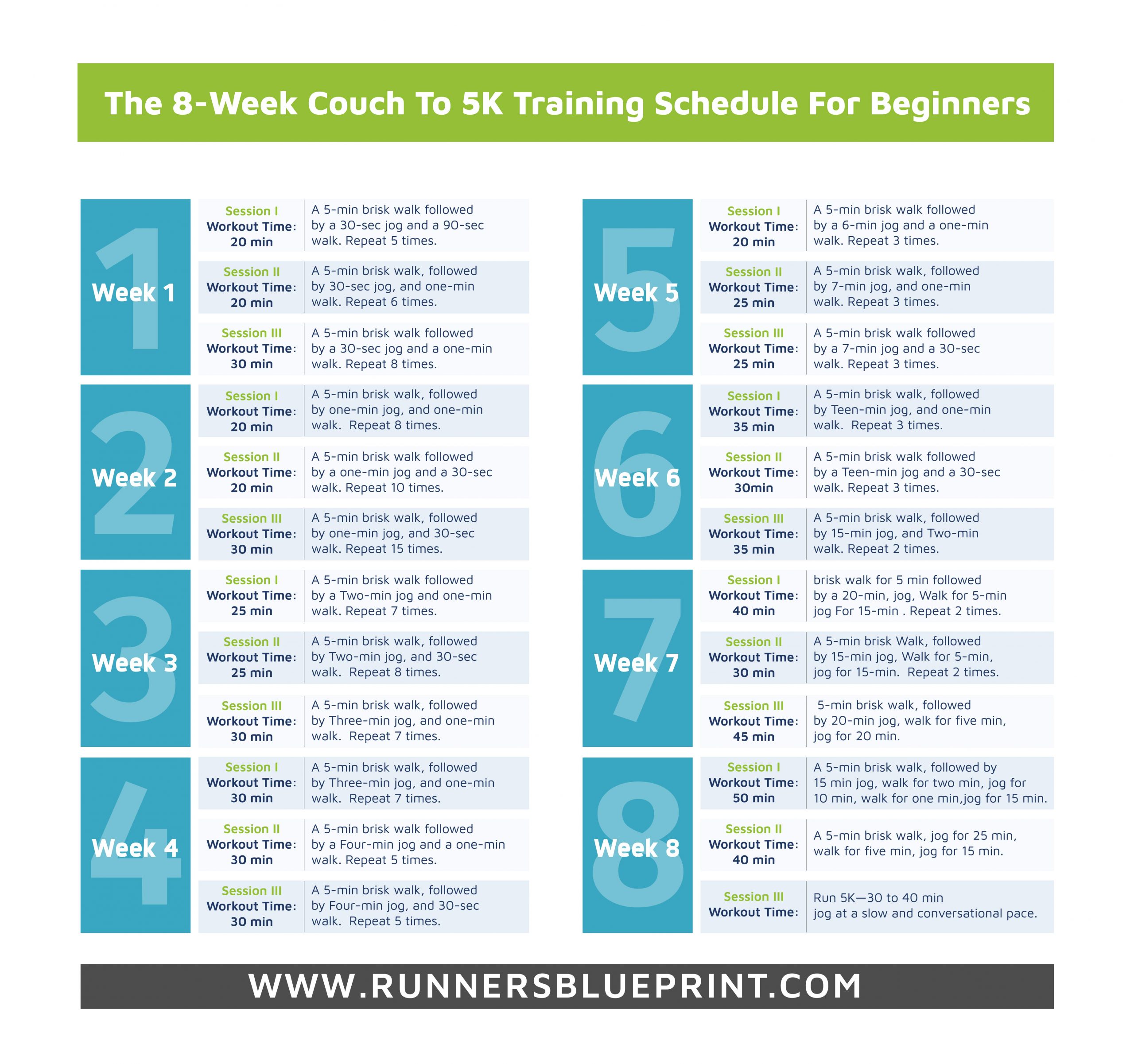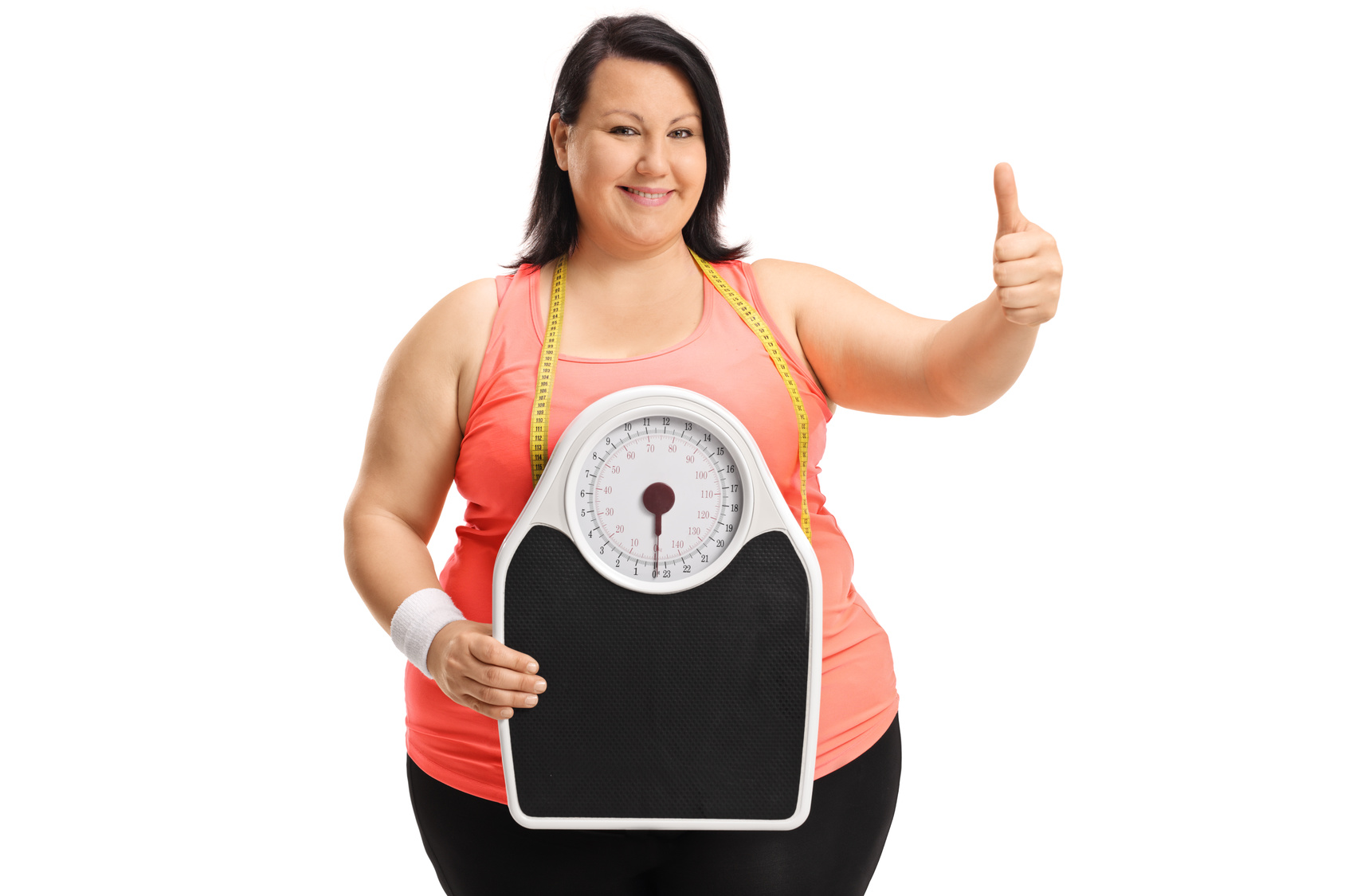Are you ready to take on the Couch to 5K training plan but cannot train outside? Then look no further than the Couch to 5K treadmill plan I’m sharing with you today.
Here’s the truth.
The Couch to 5K treadmill program is ideal for getting anyone off the Couch and kick-starting their running journey in the comfort of their own gym or home.
In this article, I’ll go into:
- The benefits of Couch to 5K on the treadmill
- How long does it take to run a 5K on the treadmill
- How to get started
- And so much more.
Ready?
Let’s lace up and dig in.
How To Train For A 5K on The Treadmill – The C25K Treadmill Plan You Need
Also known as the C25K, this plan is designed to ease you into a running program without risking injury or burnout.
You can complete a couch to 5K program using the official mobile or a downloaded training plan—like the one shared below. With a few tweaks here and there, you can even do it on a treadmill. More on this later.
The typical C25K plan takes place outdoor, but the reality is that you might not always be able to do it. For example, adverse weather, rough terrain, or a lack of safe running space can thwart many beginners from venturing outside.
My Couch to 5K plan is specifically designed for the treadmill, so whether you’re a complete noob or are starting a running routine in the middle of winter, this is the plan for you.
Can you really Do the Couch to 5K on a Treadmill?
Of course, you can. It might even be more convenient to do it on the treadmill instead of dragging yourself outdoors to train.
You just need to be motivated enough to do it since pounding the belt can be boring. It may take you more mental power to stay on the treadmill than it does to log the miles outdoors. But that’s not the case for everyone.
That’s when—and where—a treadmill comes in handy.
When you have a treadmill at hand, the barriers (and excuses) vanish, and you can instead focus on your upcoming 5K.
A good treadmill will allow you to train regardless of weather conditions and in the safety and comfort of your personal workout space.
What’s more?
The treadmill offers you complete control over your training experience.
You have a timer on the console in front of you, and you can swiftly see when to pick up the pace or walk.
The Benefits of The Treadmill For 5K Training
Here are some benefits of using a treadmill for your Couch to 5K program.
It’s easier on the body. Running on hard surfaces, like asphalt and concrete, may increase injury due to the tremendous stress on your joints. Thanks to the soft rubber surface, the treadmill provides extra cushioning to absorb much of this stress, therefore, helping you run longer and more frequently with little risk of injury.
Forget About Outdoor Conditions. While running outside, you’re at the mercy of the elements: traffic pollution, foul weather, the cold, unsafe streets, uneven road surfaces, and a long myriad of obstacles that can stand in the way of your running success. The good news is that running on a treadmill can help you go over most of these obstacles—unscathed.
Simulate A Race. Planning to run a hilly 5K? feel free to simulate that racing experience by increasing the incline on your treadmill. All this in a controlled and “measured” way.
Safer Than Running Outside. Outdoor running often means trouble: cracks, ruts, cyclists, cars, people, thieves, stray dogs, the wrong side of town, you name it. But, on a treadmill, you may sidestep all of these potential hazards.
Privacy. For the self-conscious runner, the treadmill is the ideal training option, especially if you have a treadmill home—this is going to help you get fit without suffering the “perceived” public humiliation. You set your own rules without peer pressure. You can run at your own pace and call it to quit anytime you want. No one is judging your performance.
Pace Control. Unlike outdoor running—where it’s tricky to keep a consistent running pace—treadmill training helps you accurately track your pace and mileage. You no longer have to worry about running faster or slower than you intend to.
Easy to track. On a treadmill, you’ve plenty of data to keep track of, whether it’s speed, incline, calories burned, heart rate, step count, and so on. That’s why if you’re looking to get more out of speedwork training—or any other “measurable” run—then the treadmill is your best ally.
Proper Form. Most runners have the slightest idea of how they look when running, but with the treadmill, you can always check your running form in the mirror. Just keep your eyes on your body, not your face. Or you can ask your training buddy—preferably someone who knows what good form should look like—to give you feedback.
Consistency. Thanks to the treadmill, you’ll be less likely to miss or skip a scheduled session due to weather or other obstacles. Whether it’s raining, snowing, freezing, or too hot, the treadmill helps you train all year round in all sorts of weather and temperatures.
Prevent overfatigue. Thanks to the controlled environment on a treadmill, you’ll also be less likely to push your body than it can handle. Most beginner runners make the mistake of starting too fast or trying to get too far. This is a fantastic reason to do the Couch to 5k on the treadmill.
Challenge your Mind. A treadmill not only challenges your body but your mind, too. Indoor running teaches you how to be patient, manage boredom and overcome your inner critic, especially if you’re training a long, tough race. Training this way will keep your mind focused and on the goal in spite of slogging through the miles without any change of scenery.
Insisted on training outdoor? Then try this couch to 5K plan.
Beginner Running Tips On The Treadmill
I hope you’re sold on the C25K treadmill plan. Now let’s get into how to put the plan into practice.
Treadmill Running Shoes
I cannot emphasize the importance of running shoes enough. When choosing shoes for indoor running, pay attention to the shoe’s cushioning, support, breathability, and durability.
You’ll need a stable, firm pair and grips well. Most importantly, you’ll need a pair that resists the motion of the belt passively as you run. Unless you’re only planning to power walk on the treadmill, ultra-soft shoes are not a good choice.
Also, keep in mind that shoes that are designed for treadmill running can also be used on the open road.
The Ideal Pace For C25K Treadmill Training
As for running speed, the rule of thumb is to stick to a conversational pace—a pace in which you can still carry a conversation while you run without much trouble.
Slow down if you find yourself panting for air and unable to carry on a conversation. Take as many walk breaks as possible for as long as you have to.
As a guide, shoot for a running speed of around 6 to 8 km.
Don’t worry if the pace feels too slow.
Keep the walking part at a brisk pace.
In general, your walks should be around 3,5 to 4,5 km per hour.
That’s different for everyone, and it’s ok. You’re good to go as long as the walk isn’t making you huff and puff.
As a rule, you should keep your heart rate elevated, so it’s easy to transition back to running.
Additional Source – Check this treadmill pace chart
The Couch TO 5K Treadmill Plan For Beginners
What follows is the basic C25K treadmill program for beginners.
You can also check this beginner post and my C10K program if you’re thirsty for more running advice.
The Couch to 5K treadmill program involves three sessions per week. On your non-running days, feel free to work your muscles in other ways by doing different forms of exercise, such as strength training, spinning, or yoga.
The more, the merrier.
However, remember to always listen to your body and adjust your training and plan as needed to allow for recovery
Week One of The Couch TO 5K Treadmill Plan
- Workout I – Run one minute, walk two minutes. Repeat eight times.
- Workout II– Run one minute, walk two minutes. Repeat ten times.
- Workout III—Run 1 minute, walk 1 minute. Repeat eight times.
Week Two of The Couch TO 5K Treadmill Plan
- Workout I–Run 2 minutes, walk 2 minutes. Repeat five times.
- Workout II–Run 2 minutes, walk 2 minutes. Repeat seven times.
- Workout III–Run 3 minutes, walk 2 minutes. Repeat 4 times.
Week Three of The Couch TO 5K Treadmill Plan
- Workout I–Run 3 minutes, walk 2 minutes. Repeat five times.
- Workout II–Run 3 minutes, walk 1 minute. Repeat 5 times.
- Workout III–Run 2 minutes, walk 2 minutes. Repeat 5 times.
Week Four of The Couch TO 5K Treadmill Plan
- Workout I–Run 5 minutes, walk 3 minutes. Repeat 3 times.
- Workout II–Run 5 minutes, walk 2 minutes. Repeat 3 times.
- Workout III–Run 5 minutes, walk 2 minutes. Repeat 4 times.
Week Five of The Couch TO 5K Treadmill Plan
- Workout I–Run 8 minutes, walk 3 minutes. Repeat 2 times.
- Workout II–Run 8 minutes, walk 2 minutes. Repeat 2 times.
- Workout III–Run 6 minutes, walk 2 minutes. Repeat 3 times.
Note – Looking for the best Beginner’s Guide To Running?
Then Check my Runners Blueprint System Here.
Week Six of The Couch TO 5K Treadmill Plan
Workout I–Run 10 minutes, walk 3 minutes. Repeat 2 times.
Workout II–Run 10 minutes, walk 2 minutes. Repeat 2 times.
Workout III–Run 12 minutes, walk 2 minutes. Repeat 2 times.
Week Seven of The Couch TO 5K Treadmill Plan
Workout I–Run 12 minutes, walk 3 minutes. Repeat 3 times.
Workout II–Run 12 minutes, walk 2 minutes. Repeat 2 times.
Workout III–Run 15 minutes, walk 2 minutes. Repeat 2 times.
Week Eight of The Couch TO 5K Treadmill Plan
Workout I–Run 20 minutes, walk 5 minutes. Run 10 minutes
Workout II–Run 20 minutes, walk 5 minutes. Repeat 15 minutes.
Workout III–Run a 5K distance at a comfortable and easy pace.
As you can see, as your training progresses forward, you spend more time running each week.
At the end of the eight weeks training cycle, you should be a competent runner.
Once you graduate from this C25K treadmill program, take your runs outside.
Just keep in mind that pounding the pavement is a different experience, and it may take a while to get used to pounding it instead of the treadmill belt.
Running will be hard, but it’s okay. It’s just a matter of time and practice.
Want to take things to the next level? Try my sub 30 5K plan.
How To Make Your 5K Treadmill Training More Fun
The dreadmill does exist, and it’s really annoying. That’s why you need a few tricks up your sleeve to help you overcome it—hopefully unscathed.
Fret no more, though. Here are some fun, simple tactics to spice up your treadmill running routine.
Enjoy!
Watch A TV Show
The best strategy for beating boredom during indoor running is a distraction. Your brain needs something to get busy with instead of the machine’s dashboard.
In my experience, watching TV is the ultimate form of distraction. It‘s fun and hassle-free. It doesn’t have to be your favorite show, any sort of visual distraction can help get you out of boredom.
A fan of online TV? Save your Netflix shows and download movies (hopefully legally) to watch during your treadmill runs.
Go for shows you don’t have to be too involved in and would rarely let yourself sit around and watch. Keep it light.
Need some good ideas? Here’s a list of my favorite shows:
- How I met Your Mother
- It’s Always Sunny in Philadelphia
- Casa De Papel
- Stranger Things
- Daredevil
- Into the Badlands
- Preacher
- Supernatural
Additional resource – How to promote a 5K
Hit the Treadmill With a Friend
Pairing up is one of the most effective ways to make any exercise more enjoyable— and that’s true of the treadmill as well.
Also, a little friendly competition can go a long way.
Next time you head to the gym, pair up with a friend. Feel free to do interval workouts together, or challenge each other by racing. You can also try treadmill group classes.
Additional Resource – What’s A Good 5K Time For A Beginner.
Do an Interval Workout
If you usually pound the belt at the same incline and same speed day-in-day-out, your training will get boring—super fast.
Instead, shake things up by doing intervals. High-intensity interval training, or HIIT for short, sessions provide a quick yet effective way to increase training intensity and burn some mad calories—while taking less time, too.
Here’s how to proceed.
Following a thorough warm-up, increase your speed to a sprint for 30 to 45 seconds, then slow it down to an easy jog for 60 to 90 seconds. Repeat the intervals a total of six to eight times.
Finish the workout with a 5-minute slow jog/walk as a cool down.
Here are a few of my favorite routines
- 15 HIIT workouts for beginners
- Five interval running workouts to try
- A treadmill Interval workout
- HIIT workouts for weight loss
Go For The Hills
If increasing speed didn’t do the trick, try raising the incline.
The incline option lets you run uphill without having to worry about finding the perfect hill (time-consuming) or dealing with downhill running known for causing soreness and pain in the lower body).
Additionally, the incline helps you target your lower body—the hamstrings, thighs, and calves—thus adding power and speed. The higher the incline, the more challenge.
Here’s how to proceed.
Following the warm-up, increase the incline on your treadmill to 7 or 9 percent grade and perform two to three minutes intervals at your 10K pace with a 2-minute of recovery, easy running between reps.
Repeat the cycle six to eight times, then finish it off with a 5-minute walk as a cool down.
Listen to a Podcast
Listening to a podcast while pounding the belt is an excellent way to distract yourself why staying updated on the latest trends and events.
There are plenty of good and informative podcasts to suit any interest. Here are a few of my favorites:
The RT Podcast
If you’re not into podcasts, then try an audio version of a book you wanted to read (but probably won’t). Or brush up on some German before your next trip to Berlin. The choices are virtually limitless.
Visualize a Route
This one requires a bit of creative imagination, but it’s super helpful for making treadmill running more real and fun.
Here’s how to proceed.
Imagine yourself running along and picture the buildings, surroundings, and other landmarks you’d pass along the way.
Go the extra step by printing out a real-world route map, indicating the distances and inclines, and then imagine yourself tackling it. If possible, find a treadmill with built-in satellite mode Google Maps, so you can pretend that you’re outside running.
Got an upcoming race? Visualize your racecourse during your treadmill session. Push hard during the last few miles and finish strong at the finish line.
You can also check out YouTube for virtual walks. In your virtual world, you can run in the forest, beaches, jungles, or cities like Paris, Rome, London, etc. Explore the world from your treadmill.
You can also try an app like BitGym that allows running virtually on routes from around the world from your smartphone or tablet. Have more coin? Try investing in VR glasses. Set it up to your favorite route or scenery during your treadmill session.
Additional resource – Here’s your guide to buying a second hand treadmill.
Mix it up
Max out on your next treadmill workout by picking up the pace, the incline and opting for intervals while following an unspecific training pattern.
Choosing on-the-go speed and incline changes forces your body to work different muscles and be more resilient, helping you become a better runner.
Try this unpredictable treadmill workout. Start off with a 5-minute warm-up, then do 20 minutes of random intervals.
Do whatever you want as long as you are pushing the pace and giving it your best. End the workout with a five-minute cool-down.
Plus, you can make this workout more challenging by adding bodyweight exercises, such as push-ups, squats, or even burpees between each round, making it for a complete and total body workout.
Additional Resource- Your guide to curved treadmills
Conclusion
There you have it.
The above Couch to 5K treadmill plan is all you need to train for your next (and first) 3.1-mile distance as a beginner.
Now it’s up to you to show and do the work. The rest is just details, as the saying goes.
If you want more challenge, then try!
Please feel free to leave your comments and questions in the section below.
Thank you for dropping by.
Keep running strong.
David D.



